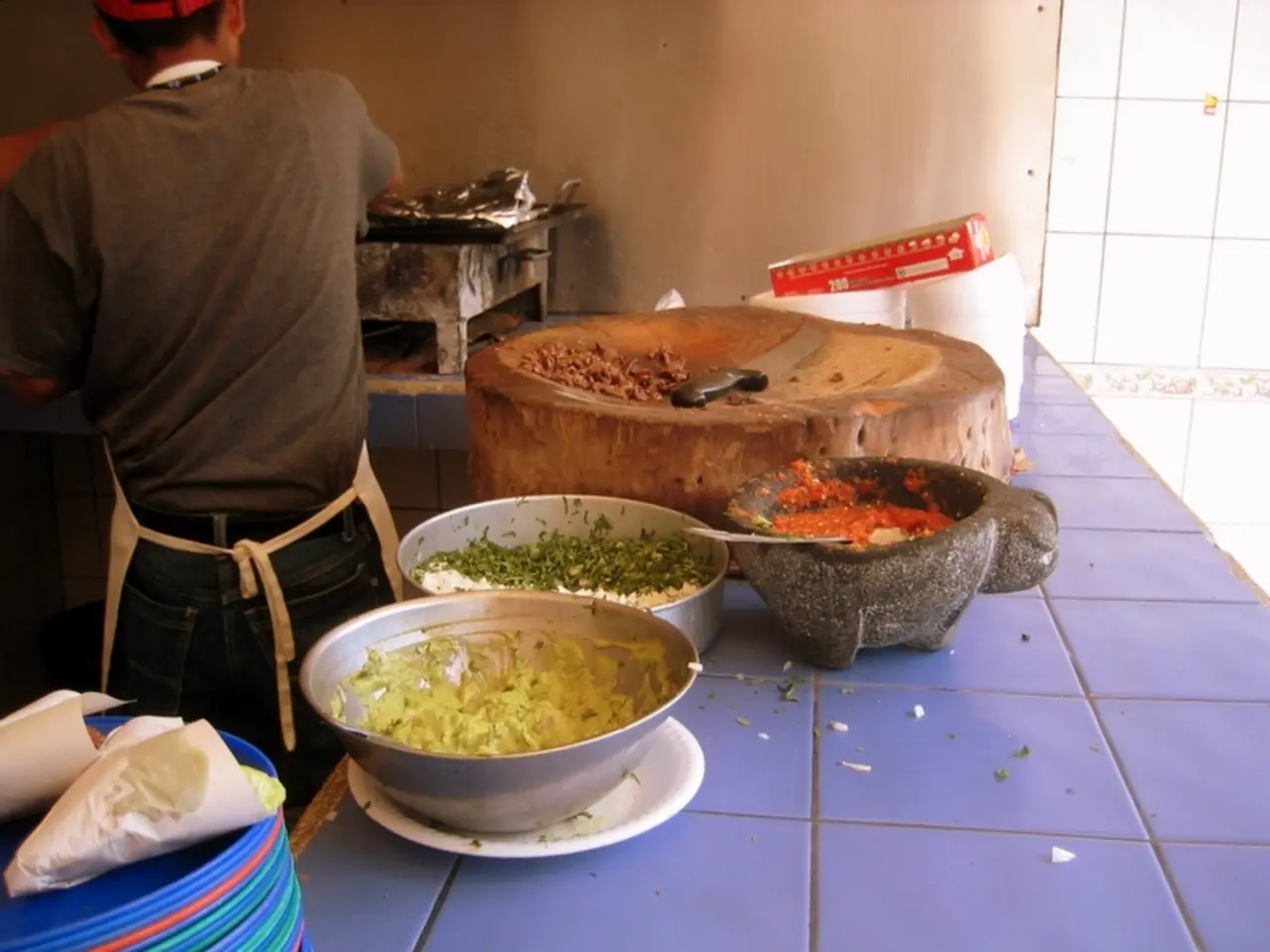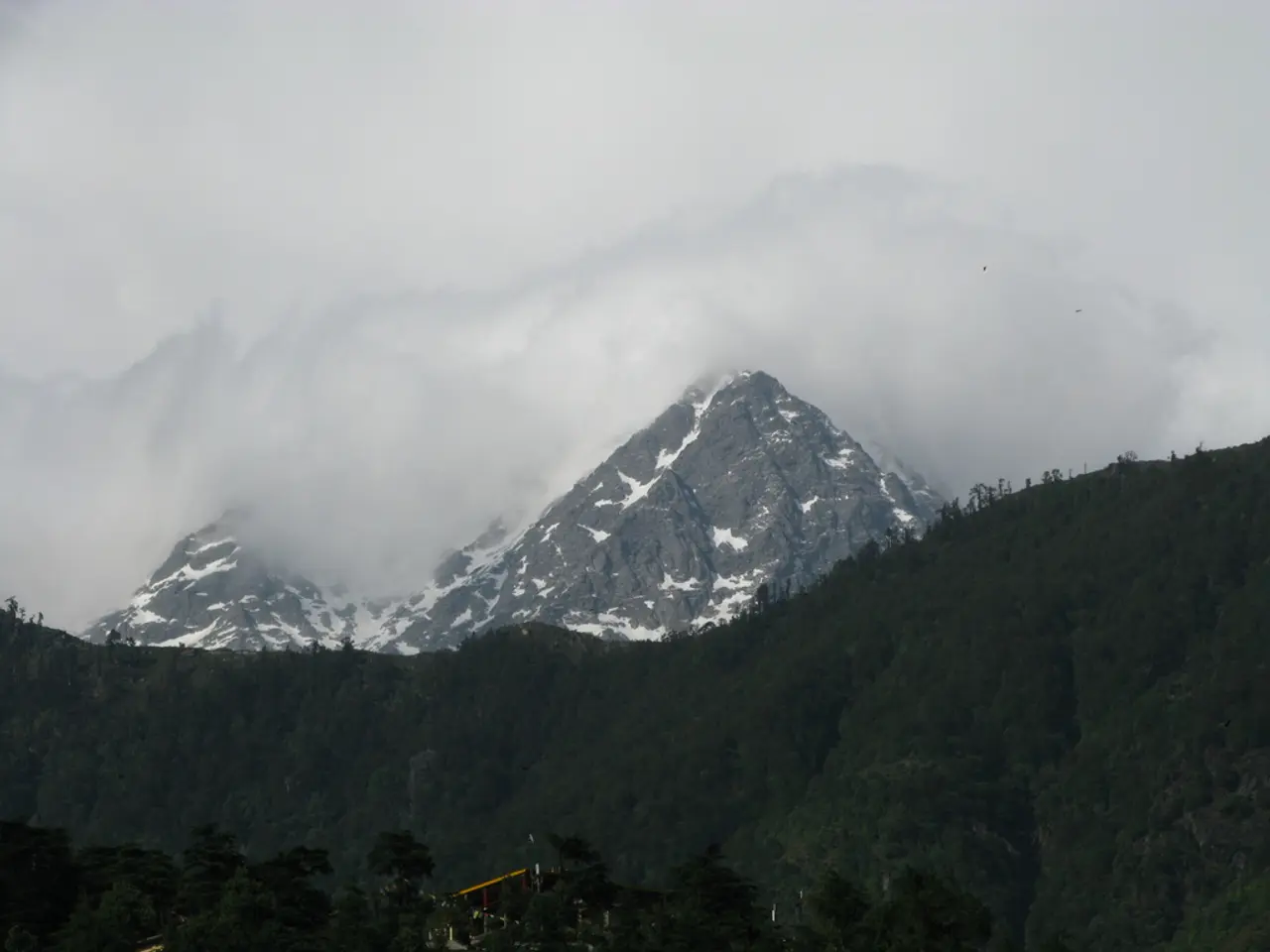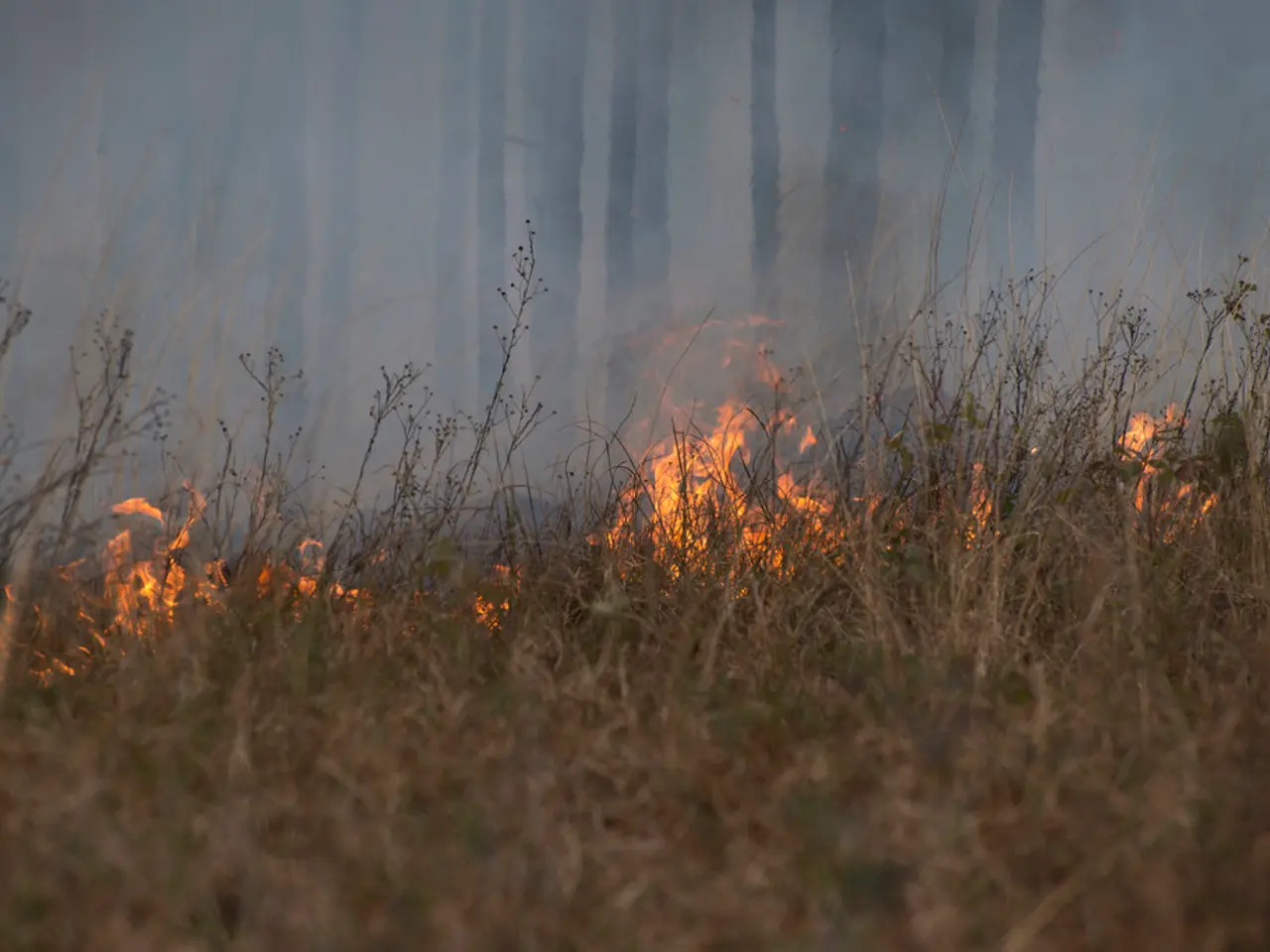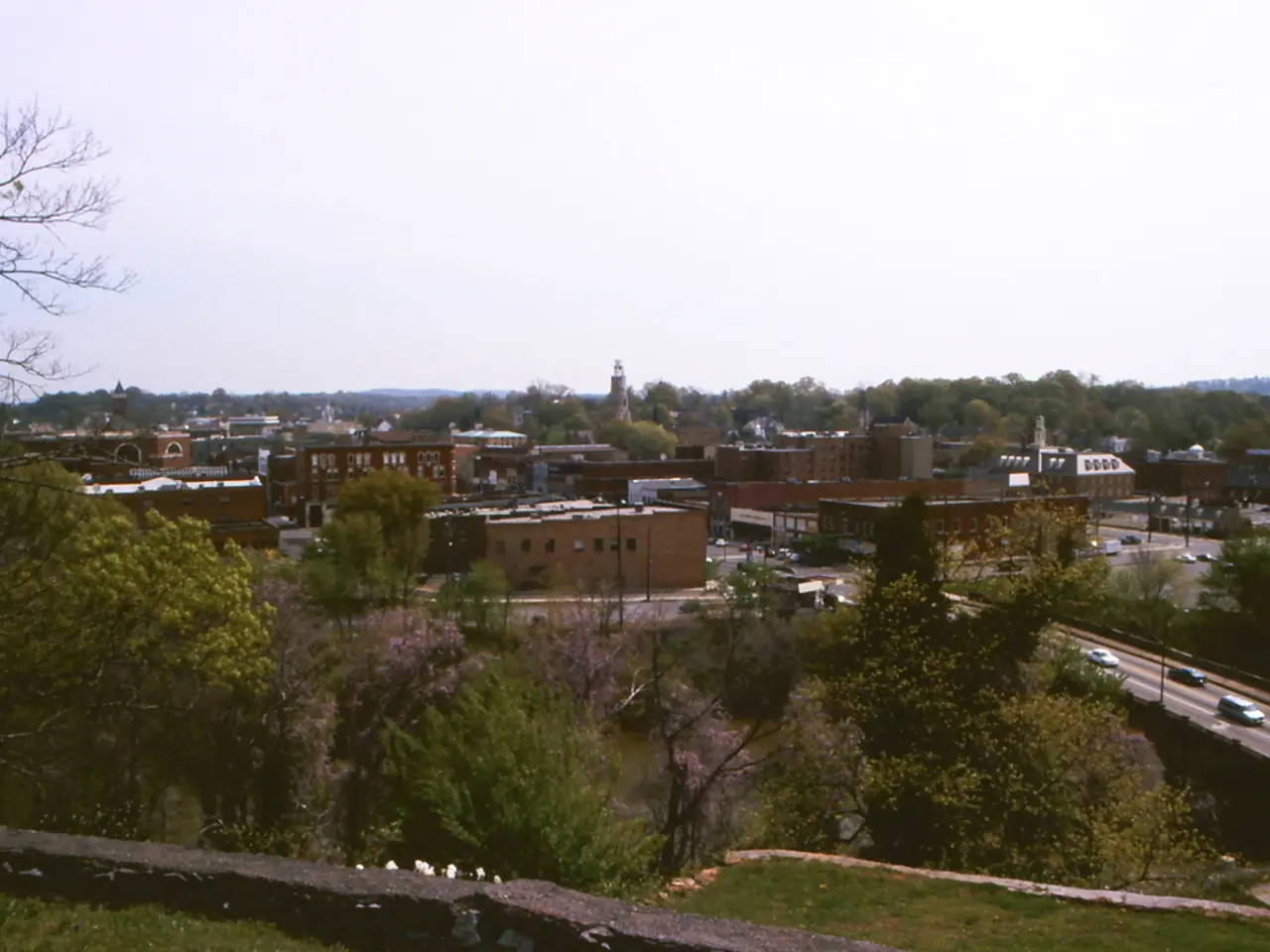Severe Tropical Storm Hits Southeastern Queensland
As the summer months approach in Australia, the risk of cyclones increases, with tropical storms forming due to ocean warming and evaporation. Cyclone Alfred, a Category 4 storm, served as a recent reminder of the destructive power these weather events can have, affecting areas along the east coast, including Brisbane and its surroundings.
Driving during a cyclone can be dangerous due to extreme weather conditions such as heavy rainfall, severe thunderstorms, and flying debris. To drive and stay safe during a cyclone, it's essential to prepare and follow certain precautions.
Stay Informed ----------------
Regularly monitor weather warnings and updates through official channels such as the Bureau of Meteorology (BOM), the Hazards Near Me app, the Emergency Plus app, and local radio stations like ABC Radio. These sources provide timely alerts and advice on changing conditions and evacuation orders.
Understand Warning Levels and Actions --------------------------------------
Be aware of the specific warning level issued for your area and follow the accompanying action statements. These can range from *prepare now* and *stay informed* to *leave/evacuate now* or *take shelter* immediately.
Plan Your Route and Evacuation -------------------------------
If evacuation is advised, use live traffic information websites to plan a safe route, avoiding flooded or damaged roads. After a cyclone, roads may have restrictions, closures, or debris from damage, so proceed with caution and adhere to any reduced speed limits or traffic controls.
Avoid Driving into Floodwaters ------------------------------
Never drive into water flowing over roads. Floodwaters can be deeper and stronger than expected and pose severe risks.
Shelter Appropriately ----------------------
When the cyclone warning escalates, stay indoors and near shelter. Avoid going outside, especially near damaged buildings or hazards like fallen power lines.
Prepare Your Vehicle ---------------------
Before driving in cyclone conditions, ensure your vehicle is in good condition with a full tank of fuel, working lights, and emergency supplies like water, a first aid kit, and warm clothing or blankets.
How Boxio Products Can Aid in Preparations -------------------------------------------
Boxio offers versatile, durable storage and transport solutions that can support cyclone preparedness, especially for keeping emergency supplies organized and accessible in your vehicle or home. Their products typically include stackable, waterproof containers made from robust materials suited for harsh conditions, which can help:
- Store emergency kits safely - Organize essential documents and devices - Facilitate quick evacuation or sheltering - Assist in vehicle preparedness
By using Boxio products, individuals can complement official advice to stay prepared, informed, and equipped to ensure safety during cyclone conditions in Australia.
For those living the van life, it's crucial to check local weather reports regularly using apps like BOM or Willyweather. If you can't evacuate a cyclone, park your car in an elevated location to protect it from flooding. Buildings can be damaged, houses can flood, and trees may fall on roads during a cyclone, making it important to stay informed and prepared.
A positive aspect of cyclones is that they can bring massive waves suitable for surfing. However, it's essential to prioritize safety during these events and follow official advice to minimize risks and ensure a smooth recovery afterwards.
While preparing for a cyclone, it's wise to secure emergency supplies in durable storage containers like those provided by Boxio. This can help keep essentials organized and easily accessible during the storm or evacuation.
To stay safe while driving during a cyclone, it's important to regularly check the weather forecast from reliable sources such as the Bureau of Meteorology (BOM), to understand the potential dangers and take necessary precautions.








